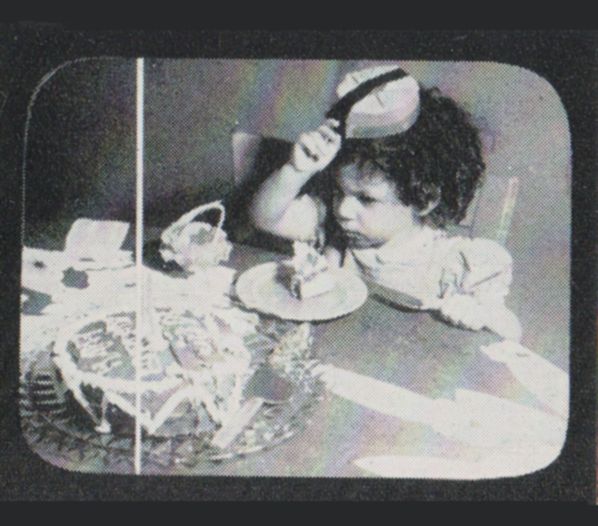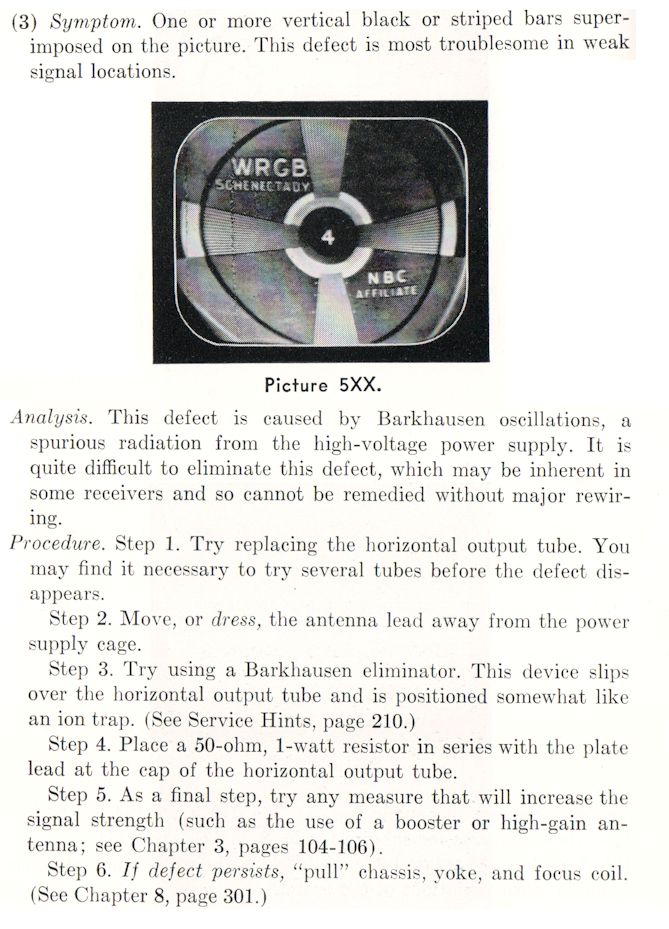Yes, a horizontal "drive line" arises from a different cause and it looks different than a Barkhausen line.
A "drive line" is white and it's caused by excessive drive in the horizontal output tube. Here's an illustration from one of my TV books:

TV literature often tells you to watch for the "drive line" while adjusting the horizontal drive control. Turn it up until the line appears, then turn it down until the line just disappears.
A Barkhausen line is dark. One of my books describes Barkhausen interference as "a parasitic oscillation in the horizontal output stage, radiating to the antenna input terminals of the receiver." The name alludes to similarities in a Barkhausen-Kurtz ultra-high frequency oscillator.
My Hallicrafters T-67 had a classic case of Barkhausen interference: the squiggly vertical interference line in the left part of this screen, going right past the woman's nose:

I cured it by replacing the 6BG6 horizontal output tube. Swapping a used 6BG6 didn't do the trick, but a new HOT cured it for good. (Footnote: all of those tubes tested equally "good" on my tube tester, but that's irrelevant in these cases, since the tester tells you nothing about oscillation.)
Here's more:

The "Barkhausen eliminator" mentioned in that book looks like a miniature ion trap magnet.
My DuMont RA-103 has a small permanent magnet mounted in the HV cage near the HOT, presumably to minimize Barkhausen interference.

I don't know if the RA-103 was especially susceptible to Barkhausen interference, or if that magnet was just typical Dumont over-engineering. My newer RA-113 has no such magnet, so perhaps it was dropped as a nice-but-not-necessary feature, just like the RA-103's B+ delay circuit that required a relay and extra tube.
Regards,
Phil Nelson
Phil's Old Radios
http://antiqueradio.org/index.html